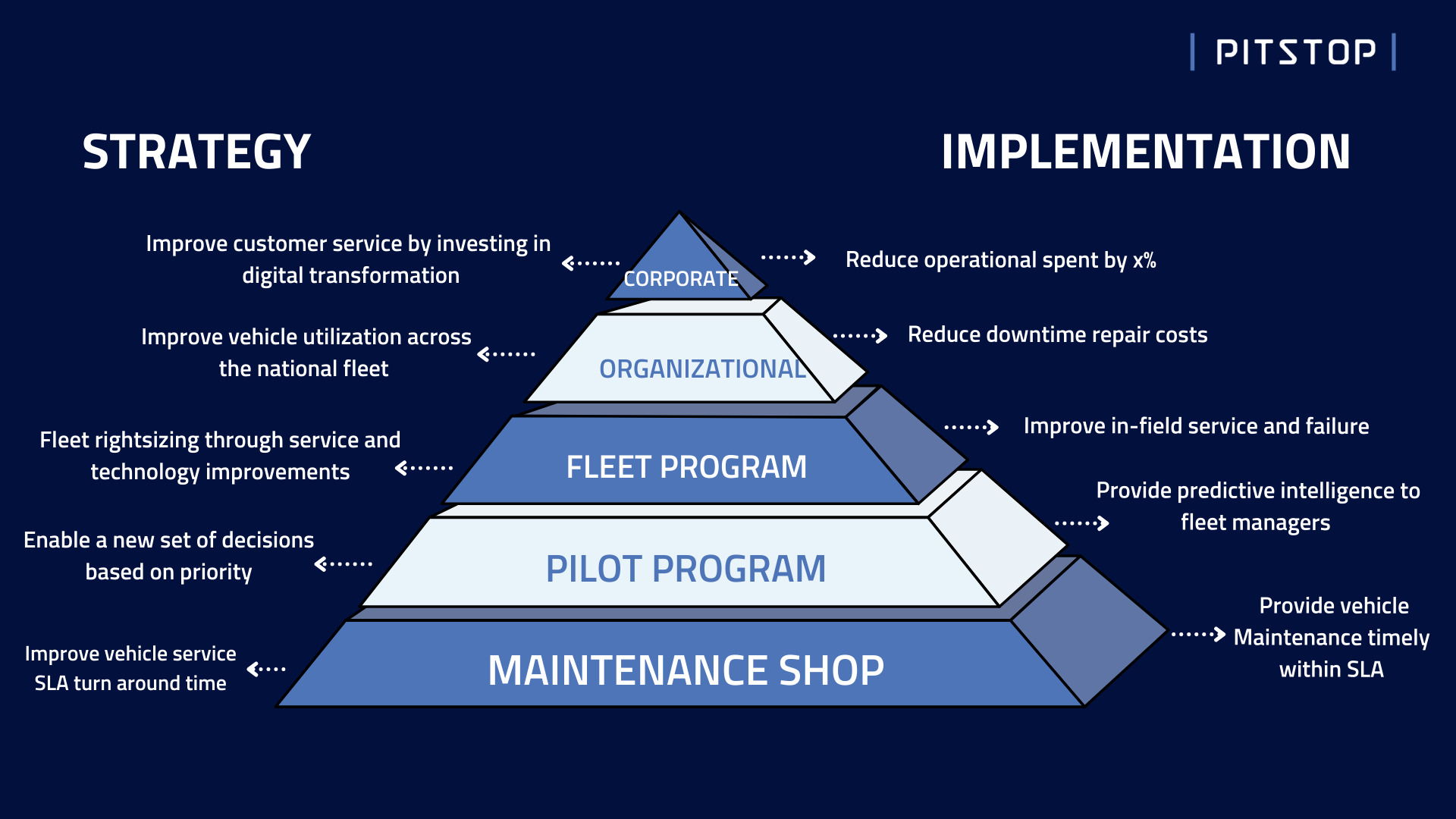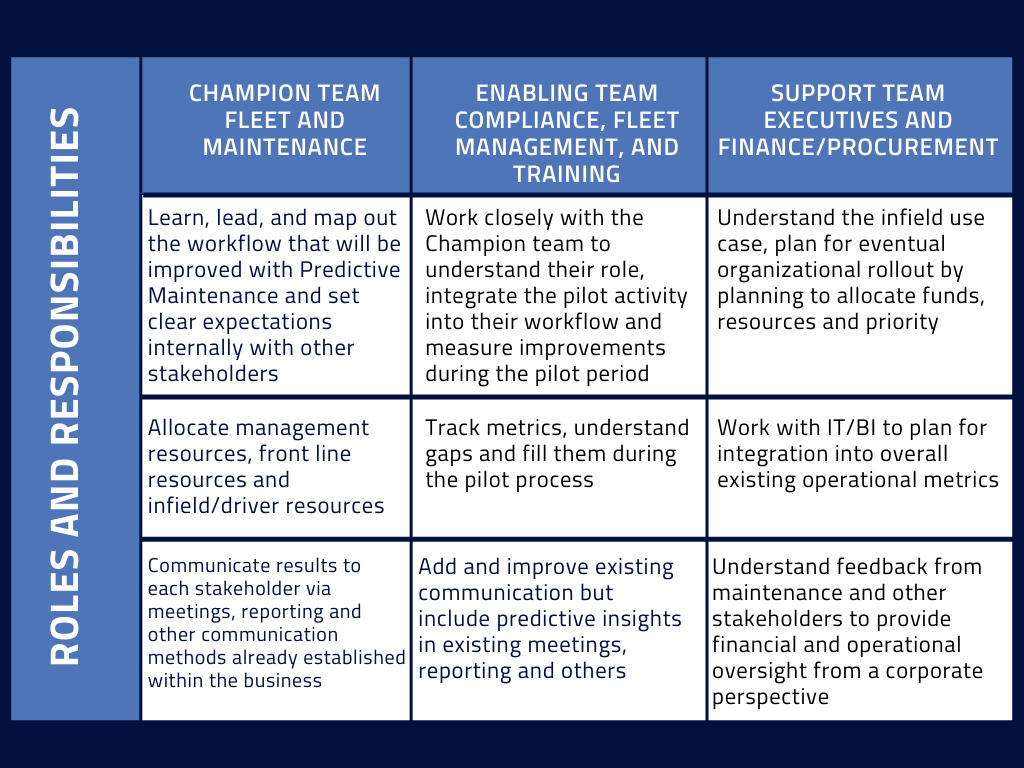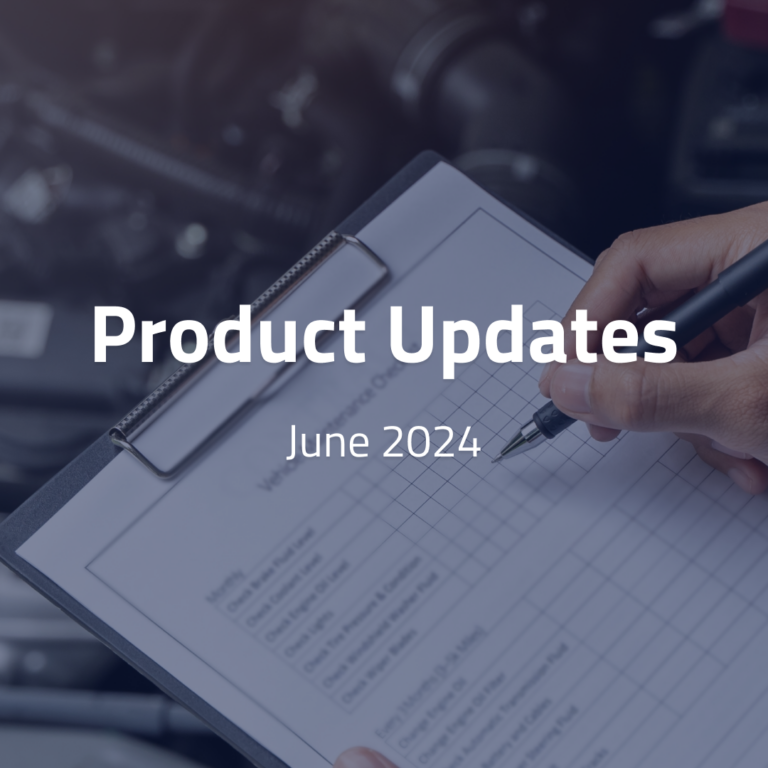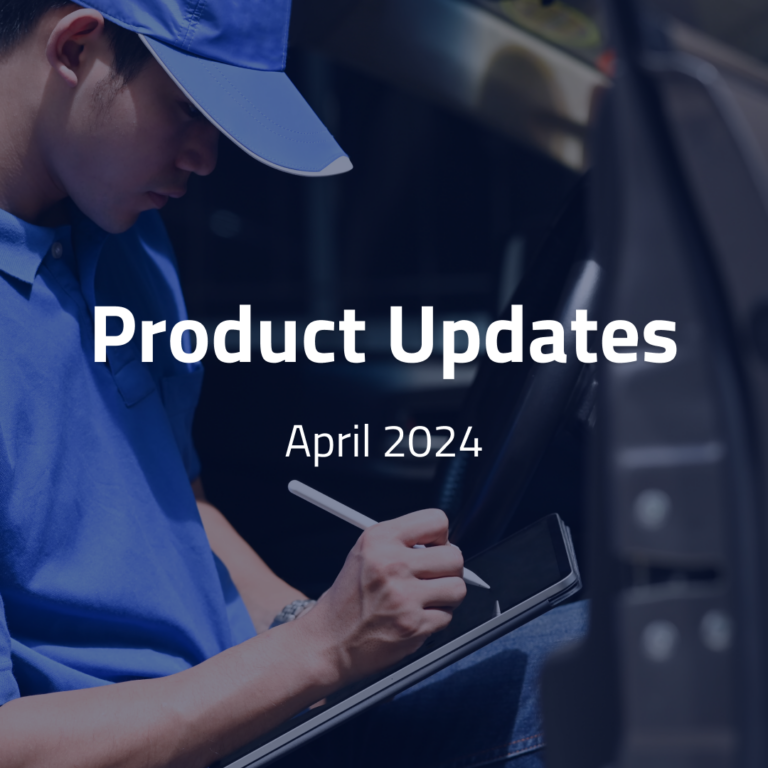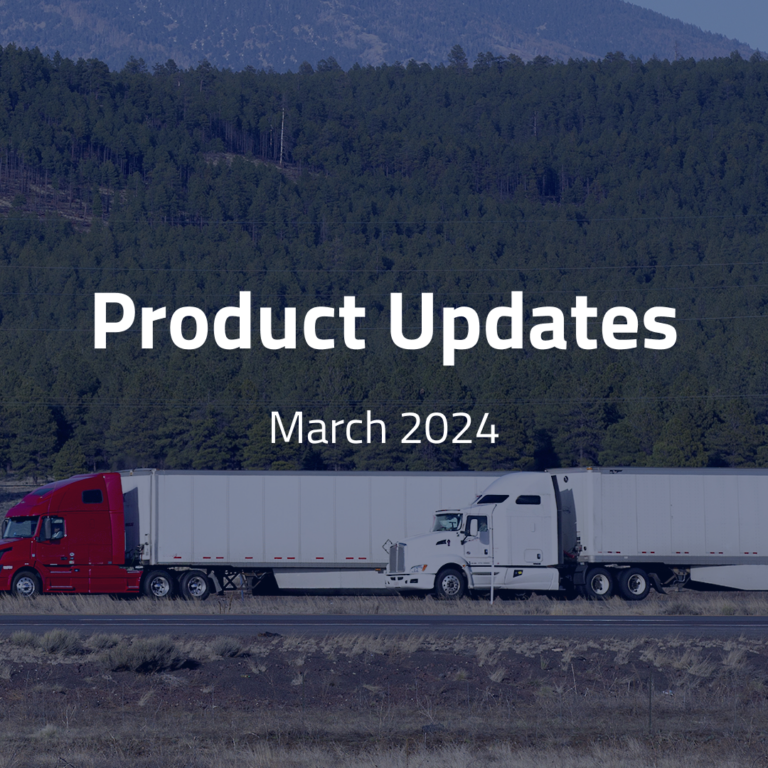
The Ultimate Guide to Implementing a Predictive Maintenance Platform - Part 2
07 April 2023
Read time: 3 min
Part 2: People and Processes
This blog is Part 2 of the 3-part series for assisting fleet and operations professionals in successfully implementing a predictive maintenance platform within their businesses.
People
Maintenance teams provide support for a greater organization of drivers and fleet or field managers. Their primary objective is to provide maintenance service timely and effectively to their own organizations.
The maintenance operations leaders and employees have to be the key drivers, champions, and enablers of predictive maintenance. All maintenance operations are mission-critical operations and should be treated as such. This philosophy has to be championed within the fleet and maintenance operations.
Operational objectives
We recommend that fleet operations focus on and target areas of improvement, starting from simple things like effectively coordinating issues to improve SLAs to driving overall ROI. The goals need to align with the overall enterprise strategy. For example, if a fleet is using advanced alerting to drive uptime, they are also improving customer experience for their customers, ensuring timely deliveries, and minimizing missed commitments. Both are key metrics in field services, logistics, and other industries, which are often also corporate goals.
Predictive analytics comes with a pre-canned set of data and tools to address multiple organizational and corporate goals. This is critical to align stakeholders internally and address objectives and motivations in multiple business units.
Pilot program goals could be:
Operationalization- typical teams impacted
- The champion team: Maintenance and IT
- The enabling team: Compliance, Fleet Management, and training
- The support team: Operations leaders and Finance & Procurement
- The implementation team: Project Management and IT
Pilot program
For smaller organizations, a Pilot Program should not be required and a predictive maintenance platform can be operationalized with small and effective iterations. More often than not, for fleets that are smaller than 50 vehicles, all stakeholders above are just a handful of key administrative employees. For larger organizations (1000+ vehicles), a disciplined and organized Pilot Program is recommended.
Process
The management team should focus on new technology on top of existing processes and programs that are already operationalized. This facilitates change management across the organization and allows quick and effective buy-ins. The proof of concept should be a minimal change in the overall process in order to not overwhelm the operations teams, which can impede the success of the program. It’s important to assign project and program managers to lead the cross-functional effort across the organization.
Maintenance
1. Maintenance Manager – Primary champion
Need to engage resources and outline their involvement in the pilot program and prepare for greater rollout. Managers need to fully understand how the day-to-day will change in the future, leverage the right resources within their organization and ensure communication and feedback protocols are in place to support their own staff.
2. Maintenance Tech(s) – Secondary champion
Select a resource or a group of resources to act on the predictive insights and provide feedback through the communication channels implemented by the maintenance manager. Technicians/Mechanics will have access to a new set of information about the vehicles they manage, the work orders they work on and customers they work with. It’s critical that they understand and provide feedback often to the program team to ensure the right benefit delivers on the front line.
3. External Shop(s) – Tertiary champion
Involvement depends on the fleet’s maintenance structure and program. Select one or two regional shops for the pilot program and use learnings to eventually roll out to a larger network of contract shops, if required.
Working closely with front-line management, mechanics, administrators, and contracted vendors is critical to the success of such a program. Engaging these stakeholders early in the process, involving them in the pilot and study to ensure ease and benefit to their groups will facilitate transition into a full-scale program rollout.
With all changes, communication is key, particularly in business. Engage early, communicate often, communicate effectively, and communicate benefits throughout the program with all stakeholders.
Part 3: Technology and Conclusion is now live! Continue reading here
Reach out to our experts to start today: sales@pitstopconnect.com

About the Author
Rakean Zakir is the Customer Success Lead for Pitstop, a powerful predictive maintenance platform for the transportation and automotive industry.

